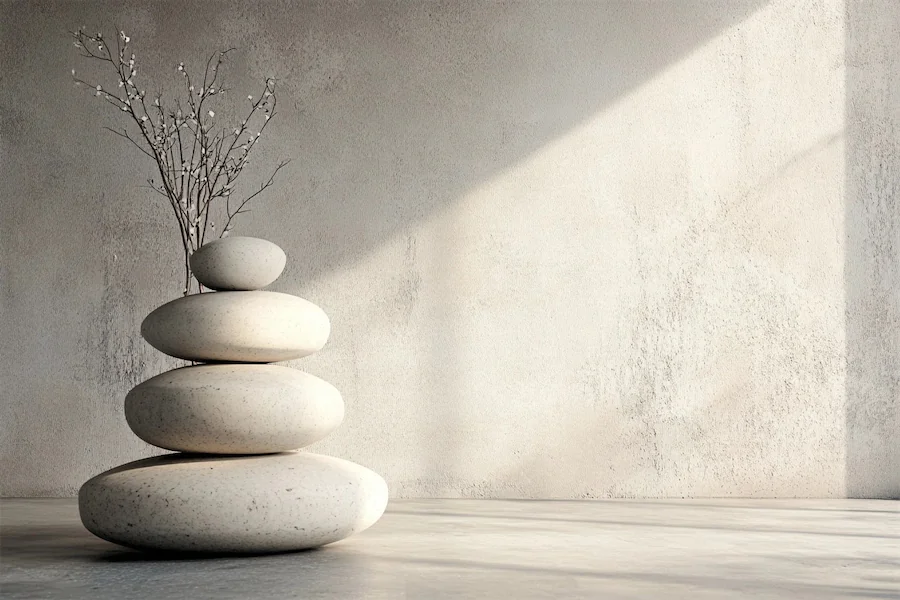Zen wall design embodies the principles of simplicity, tranquility, and a profound connection to nature, all central to Zen philosophy. By thoughtfully integrating these elements, you can transform your living space into a serene sanctuary that promotes relaxation and mindfulness.
Introduction to Zen Wall Design
Zen wall design focuses on creating a harmonious and peaceful environment by utilizing natural materials, neutral color palettes, and minimalist aesthetics. The goal is to foster a sense of calm and balance within the space, allowing occupants to unwind and connect with their inner selves.
History and Origins of Zen Wall Design
Rooted in Japanese Zen Buddhism, Zen design principles emphasize minimalism and the use of natural elements to cultivate inner peace. Traditional Japanese interiors often feature shōji screens—translucent paper panels framed in wood—that allow diffused light to permeate, creating soft shadows and a tranquil ambiance. These design elements have been adapted over time to suit modern interiors while preserving their serene qualities.
Key Features of Zen Wall Design
- Natural Materials: Incorporating materials such as wood, bamboo, and stone adds warmth and texture to walls, fostering a connection to nature.
- Neutral Color Palette: Utilizing earthy tones like beige, soft whites, and muted greens creates a calming backdrop that promotes relaxation.
- Minimalist Aesthetics: Emphasizing simplicity by reducing clutter and focusing on essential elements helps maintain a peaceful atmosphere.
- Natural Light: Maximizing natural light through the use of translucent materials or open spaces enhances the sense of openness and tranquility.
Applications of Zen Wall Design
- Residential Spaces: Creating feature walls with natural materials or textures can serve as focal points in living rooms or bedrooms, enhancing the overall sense of calm.
- Meditation Rooms: Designing walls with minimalist art or natural elements provides a conducive environment for mindfulness practices.
- Bathrooms: Incorporating stone or wood accents on walls can transform bathrooms into spa-like retreats, promoting relaxation.
Considerations When Choosing Zen Wall Design
- Material Selection: Opt for sustainably sourced or reclaimed materials to align with eco-friendly principles.
- Maintenance: Consider the upkeep required for natural materials to ensure longevity and appearance.
- Lighting: Ensure that the design allows for ample natural light, as it plays a crucial role in creating a serene atmosphere.
Conclusion
Zen wall design offers a pathway to creating interiors that are not only aesthetically pleasing but also nurturing to the soul. By embracing simplicity, natural materials, and thoughtful design, you can cultivate a space that serves as a sanctuary from the stresses of daily life.
